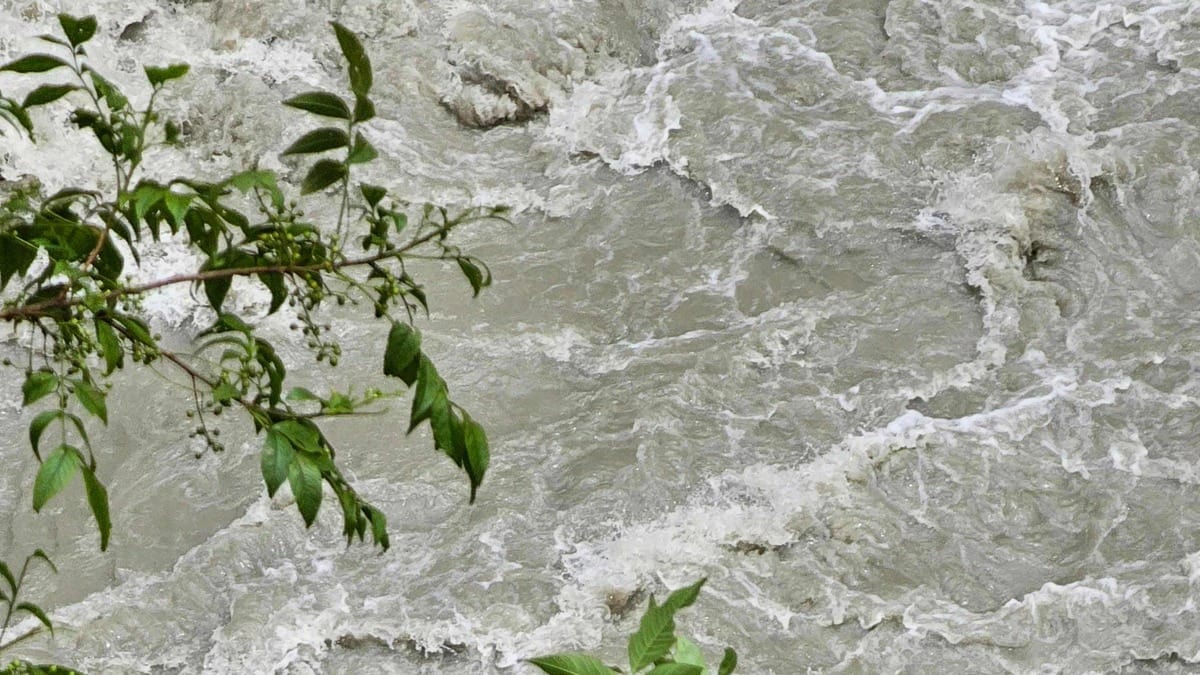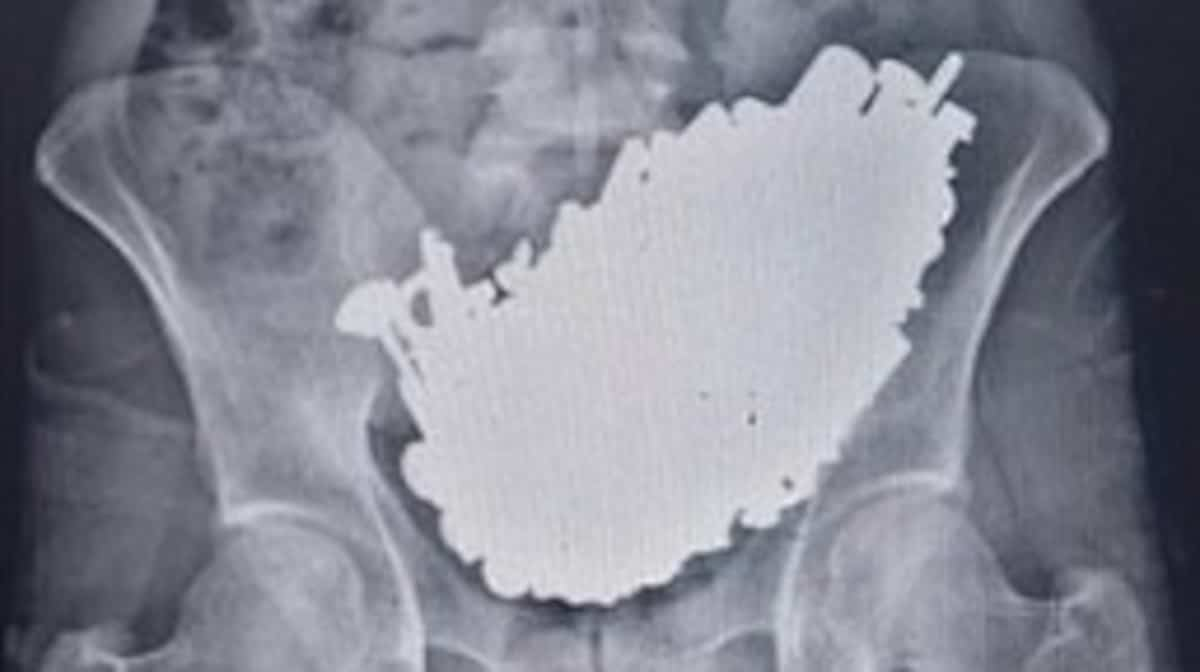
A new volcanic eruption struck the Reykjanes Peninsula, southwest of Iceland, on Thursday, the third since December 18, after the alert level was raised due to the risk of a major pipeline rupture.
• Read also: Iceland: End of the volcanic eruption in Grindavik
• Read also: In pictures | A new volcanic eruption southwest of Reykjavik, Iceland
Since early this morning, orange-red lava flows accompanied by a cloud of smoke have risen from a fissure about three kilometers long, visible from the capital, Reykjavik.
Civil Protection announced at midday that it had raised the alert level to the “alert phase” (medium level), the level that immediately preceded the state of emergency due to the lava flow that covered the pipeline feeding the Reykjanes Peninsula.
“We are working on the next steps to ensure people have access to hot water,” civil protection spokeswoman Jordis Gudmundsdottir told AFP.
Authorities are encouraging residents to save hot water, fearing shortages if a pipe that feeds the peninsula and not the Icelandic capital breaks.
The eruption occurred about 40 kilometers southwest of Reykjavik, in the same area as the previous two eruptions on December 18 and January 14 near the town of Grindavik, whose 4,000 residents were evacuated on November 11.
“At 05:30 (GMT) this morning, a small earthquake began to intensify northeast of Selingarville. “After about 30 minutes, an eruption began in the same area,” said the Icelandic Meteorological Office (IMO), which had been predicting an imminent eruption in recent days.
“According to initial reports from a Coast Guard monitoring flight, the eruption occurred in the same area as the one that occurred on December 18. The rift is approximately three kilometers long,” the IMO added.
“The lava jets reach a height of approximately 50 to 80 meters and the column rises to a height of about 3 kilometers,” the office continues. However, the lava flow appears to be “slightly lower” than it was at the beginning of the eruption on December 18.
This is the sixth volcanic eruption in Iceland in nearly three years, with the previous one occurring in the early morning of January 14 near Grindavik.
“The situation is under control”
An Icelandic Civil Protection spokesman said this volcanic eruption is occurring about five kilometers north of Grindavik, a town with a population of about 4,000 that was evacuated in November.
Since this morning, authorities have been monitoring the Svartsinji geothermal power plant in particular, which provides electricity and water to about 30,000 people in the area but is not particularly threatened.
“There are well-placed dams around the power plant,” Gudmundsdottir told AFP, but if the eruption continues for a long time and causes a lot of lava to flow, “it could pose a problem.”
For their part, guests of the Blue Lagoon geothermal resort, a popular tourist destination, were safely evacuated, its management told Ruv.
“The situation is under control and there is no danger. The airport is safe. The Icelandic Civil Protection spokesman reassured everyone that people are 100% safe.
Until the March 2021 eruption, the Reykjanes Peninsula, south of the capital Reykjavik, had been spared volcanic eruptions for eight centuries.
Five other cases occurred since August 2022, July 2023, December 18, 2023, January 14 and this Thursday, which is a signal to volcanologists that volcanic activity has resumed in the region.
The small town of Grindavik was damaged in November by a series of earthquakes that preceded the volcanic eruption, causing large cracks in the ground and in some buildings. During the eruption on January 14, three houses were burned by lava, which was unprecedented in 51 years in the country.
Thirty-three volcanic systems are active in this fiery and icy country, which is the most volcanic region in Europe.






